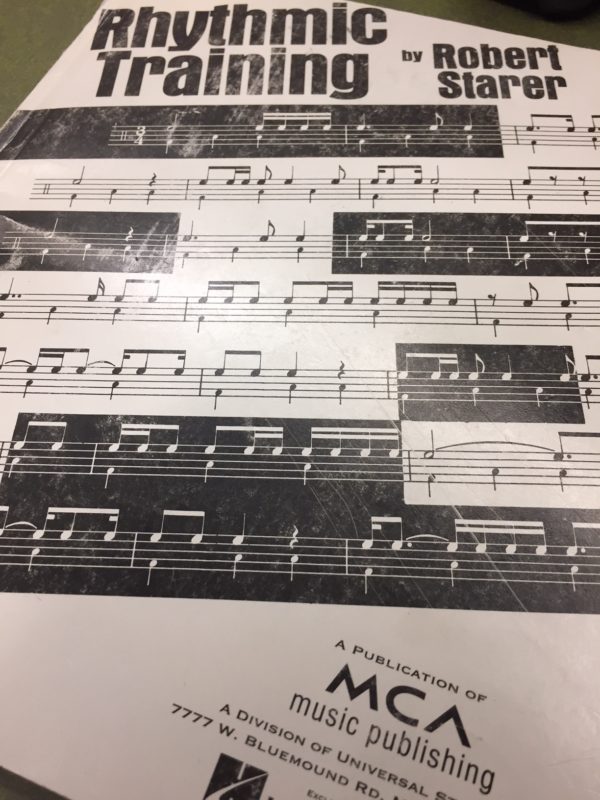As a college professor, one thing that can be difficult for me to assess at the end of the semester is how much progress my students have made in the preceding 14-or-so weeks. When grades are tied to assessing this progress, it makes things even dicier. Feelings, scholarships, and progress towards their degree completion makes the stakes high. After seven years of college teaching, some things have worked and some haven’t. Here are some ways I organize my assessment of my students’ progress, which can also be used by students for some self-reflection.
At the beginning of each semester, during the first lesson, I determine where that student is as far as tone, technique, and musicianship are concerned. Obviously this task is easier if I have taught the student before. It can be a little tricky if the student is brand new, but there is always room to make adjustments later. At that point, we decide together on various materials that will be used during the course of the semester. It depends on the student; if this is a young or inexperienced student, sometimes I will primarily use one method book. If it’s an older student, we tend to include etudes, technical exercises, repertoire, and other materials from a variety of sources. While I think there are certain materials that every student should eventually work through, I don’t feel like every student must be playing from the same sources at the same time. (This also makes lessons more interesting and varied during the week!) We come up with an approximate amount of material that can be covered; for example, we might outline one etude a week, three heavy technical exercises, tone studies, and two works to focus on for the entire semester. We talk about a reasonable amount to cover each week and try to identify performance dates for the pieces. This way we have benchmarks to hit at various points throughout the semester and can pace ourselves accordingly. I make sure to get students’ input here, as well. Maybe their vibrato doesn’t strike me as something that needs to be heavily addressed during the semester, but the student is quite uncomfortable with it. I will make sure that we cover that. Perhaps they know a piece that they would really like to work on. As long as it is appropriate for their level and is well-balanced with their other repertoire, I’m happy to allow them to make those decisions.
I also do a mid-semester “check up” to see if we’re making sufficient progress towards our outlined goals. If we’ve decided to finish one etude a week, and it’s taking three weeks to get through one etude on average, it’s time to reassess. Are the etudes really that difficult, or is the practice time spent on these insufficient or badly organized? This can be tricky to determine. Sometimes there are circumstances that we aren’t aware of as teachers, and it takes a good amount of trust to know whether a student is being lazy, has a mismanaged life, or is really having trouble with the material.
There is also the circumstance where something that wasn’t apparent in the first lesson reveals itself as an issue that must be dealt with immediately. Perhaps there are serious embouchure problems or major rhythmic inaccuracies in a student’s playing. Things so fundamental must be addressed before making progress towards other musical goals. In this case, a student might not get through all the material that was outlined in the first lesson, but if serious progress was made on these other aspects, it has been a successful semester.
If a student is making good progress towards the outlined goals, everything is in good shape. It’s still worthwhile to have that mid-semester reminder that there is still work to be done and grades do inevitably happen at the end of the semester. And of course, if a student is making progress beyond what was initially outlined, they will hear no complaints from me!
By making expectations completely clear at the beginning of the semester (and giving a reminder midway through), this lessens the possibilities of misunderstandings or hurt feelings when grades are due. Also, by making the student involved with the decision-making, that student has more ownership of the situation and hopefully feels more in control of his or her musical development.


